Beyond the Produce Aisle: 20 Asian Vegetables with Underrated Nutrients
In the bustling world of supermarkets, the produce aisle is often a vibrant display of familiar fruits and vegetables. Yet, beyond these everyday staples lies a treasure trove of Asian vegetables, each brimming with unique nutrients and health benefits that are often overlooked. That's why we've expanded our list, uncovering their nutritional profiles and culinary versatility. From the rich, leafy greens to the humble root vegetables, these Asian delights not only add exotic flavors to your meals but also contribute significantly to a balanced diet. Join us as we journey beyond the produce aisle to discover these hidden gems.
1. Bok Choy: A Calcium Powerhouse
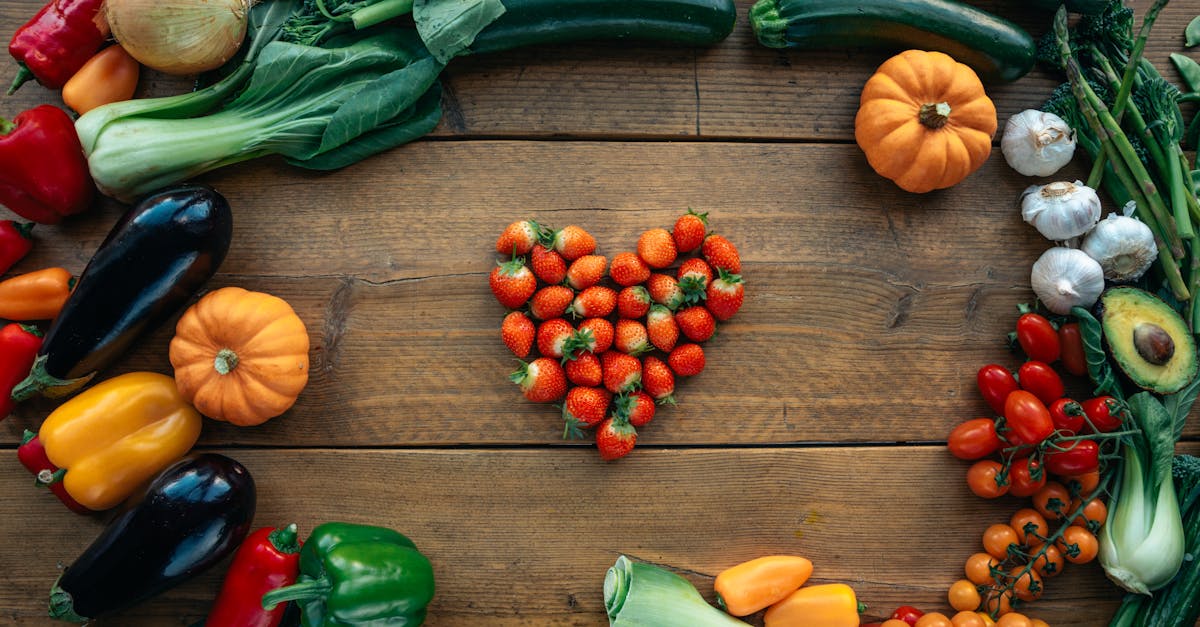
Bok choy, a staple in Asian cuisine, is a type of Chinese cabbage that stands out for its rich calcium content. Unlike many other leafy greens, bok choy offers a low-oxalate option, meaning that its calcium is more readily absorbed by the body. This makes it an excellent choice for those looking to boost bone health without relying solely on dairy products. Additionally, bok choy is packed with vitamins A and C, providing antioxidant benefits that support immune function and skin health. Its mild flavor and crisp texture make it a versatile ingredient in soups, stir-fries, and salads, easily integrating into various culinary traditions.
2. Daikon Radish: A Digestive Aid
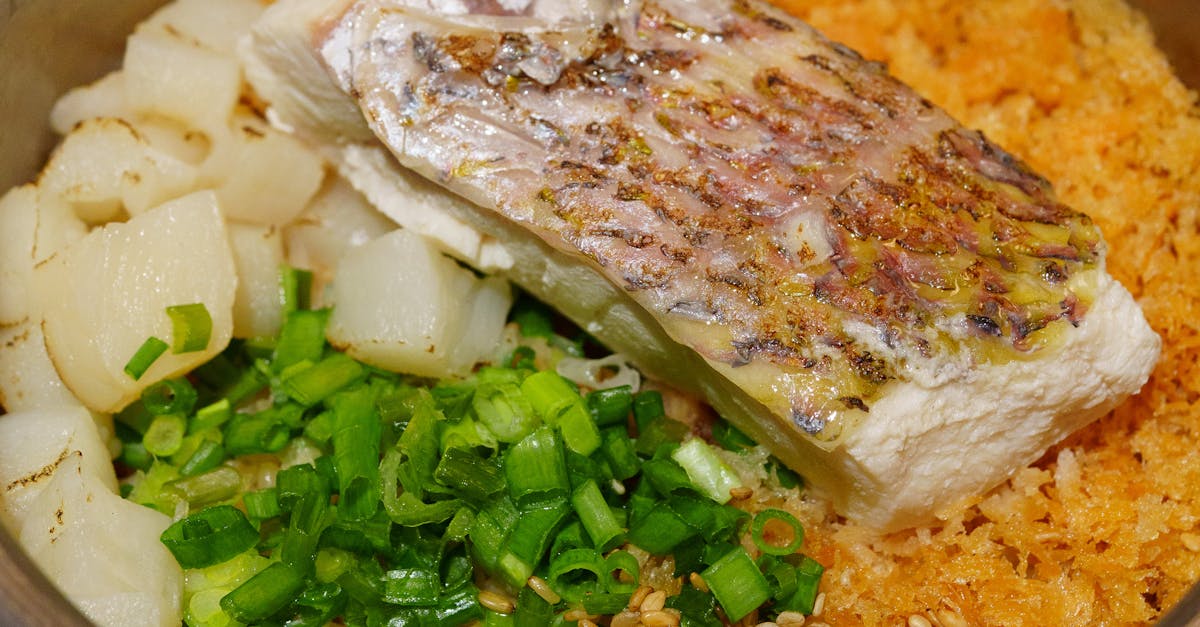
Daikon radish, with its elongated white root, is a common fixture in Asian dishes, prized for its ability to aid digestion. This vegetable contains enzymes that help break down complex carbohydrates and proteins, easing the digestive process. Daikon is also low in calories and high in fiber, promoting a feeling of fullness and supporting weight management. Rich in vitamin C, daikon contributes to immune health and acts as an anti-inflammatory agent. Its peppery, slightly sweet flavor can be enjoyed raw in salads, pickled as a condiment, or cooked in soups and stews, showcasing its versatility.
3. Bitter Melon: Blood Sugar Regulator

Bitter melon, often an acquired taste due to its distinct bitterness, is a powerhouse when it comes to regulating blood sugar levels. This vegetable contains compounds that mimic insulin, helping to lower blood glucose levels naturally. As such, it is a valuable dietary inclusion for individuals managing diabetes or prediabetes. Beyond its antidiabetic properties, bitter melon is rich in vitamins A and C, contributing to overall health and wellness. In culinary applications, it can be stir-fried, stuffed, or added to curries, offering a unique flavor profile that enhances diverse dishes.
4. Chinese Broccoli: A Nutrient Dense Green
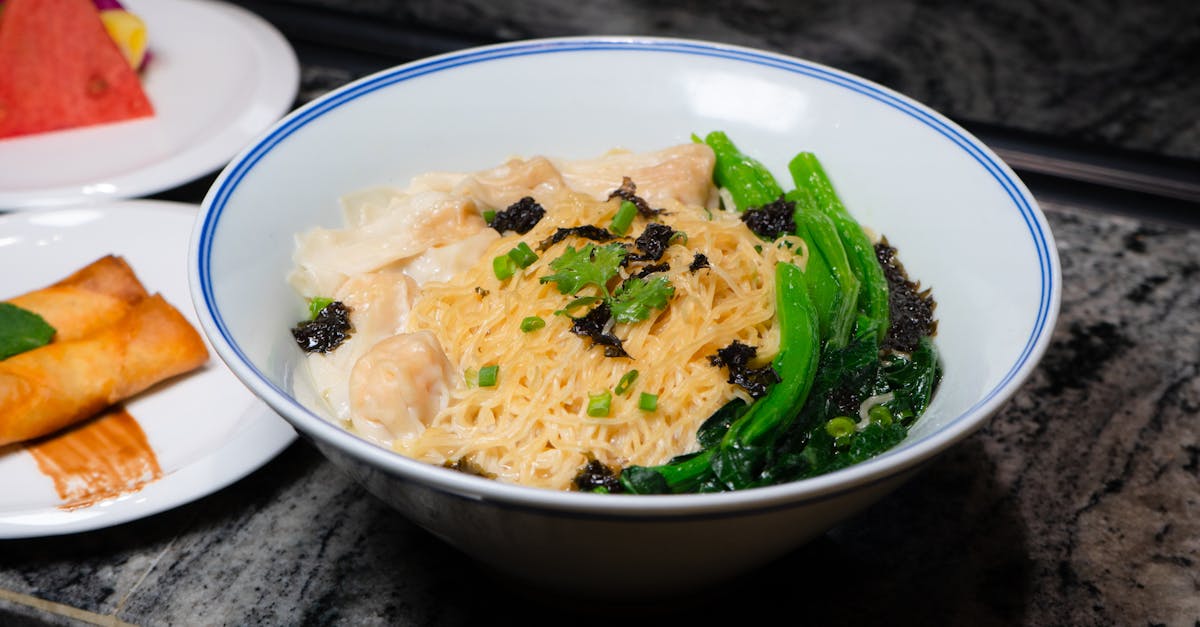
Chinese broccoli, or gai lan, is a leafy green that offers a nutrient density comparable to its Western counterpart. It is particularly rich in vitamin K, essential for blood clotting and bone metabolism. Additionally, it provides significant amounts of vitamin A, C, and folate, supporting immune health and cellular function. Chinese broccoli has a slightly bitter taste with a hint of sweetness, making it a delightful addition to stir-fries and noodle dishes. Its thick stems and broad leaves hold up well to cooking, retaining their nutritional integrity and adding a robust texture to meals.
5. Lotus Root: A Source of Complex Carbohydrates
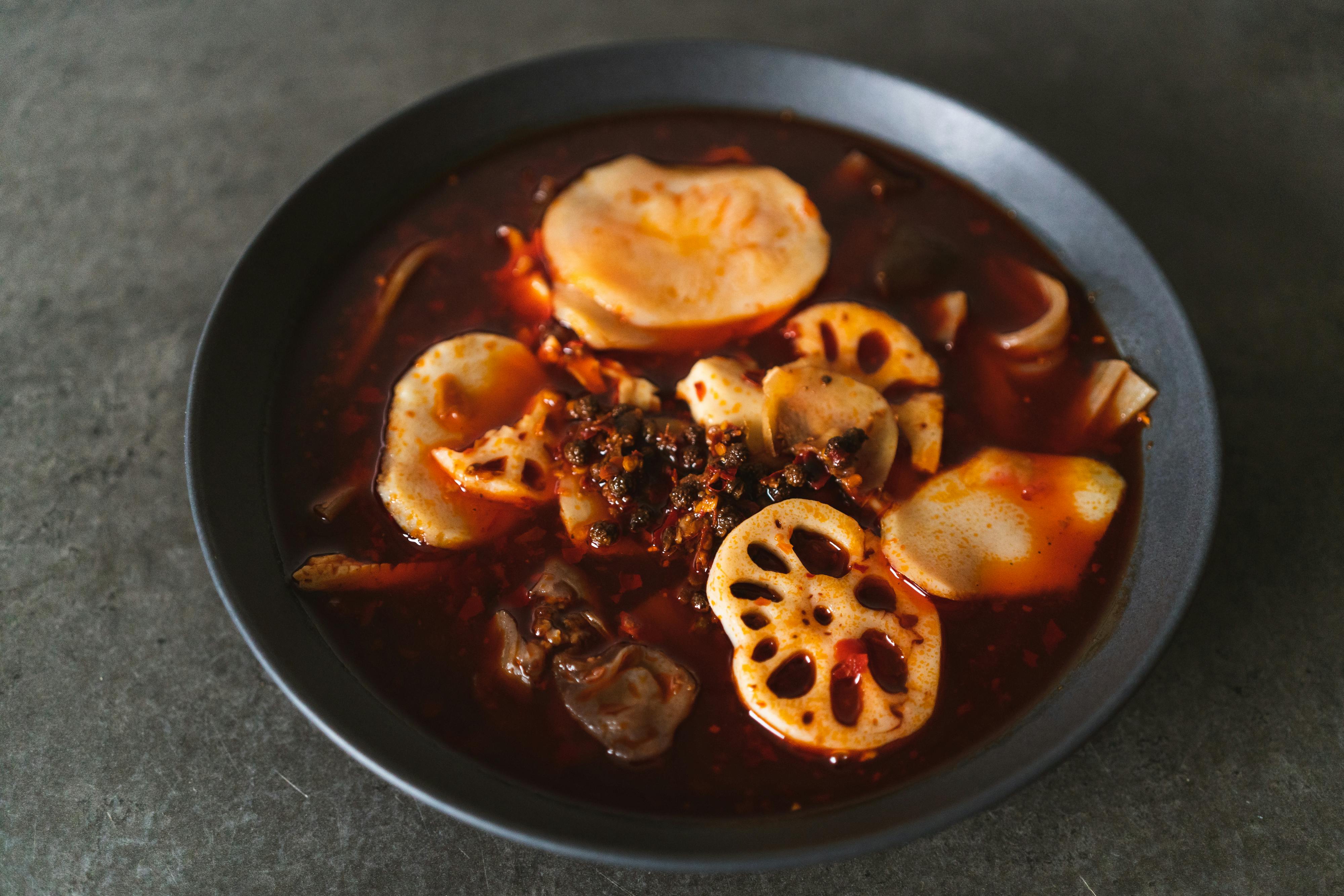
Lotus root, with its beautiful pattern of holes, is not only visually appealing but also a great source of complex carbohydrates. These carbohydrates provide sustained energy release, making lotus root an excellent choice for maintaining energy levels throughout the day. It is also high in dietary fiber, which aids in digestion and promotes cardiovascular health. Lotus root is rich in vitamin C and numerous B vitamins, supporting overall wellness. Its crunchy texture and mildly sweet flavor can be enjoyed in stir-fries, soups, or as a crispy snack, offering versatility in preparation.
6. Taro: A Fiber and Mineral Rich Tuber
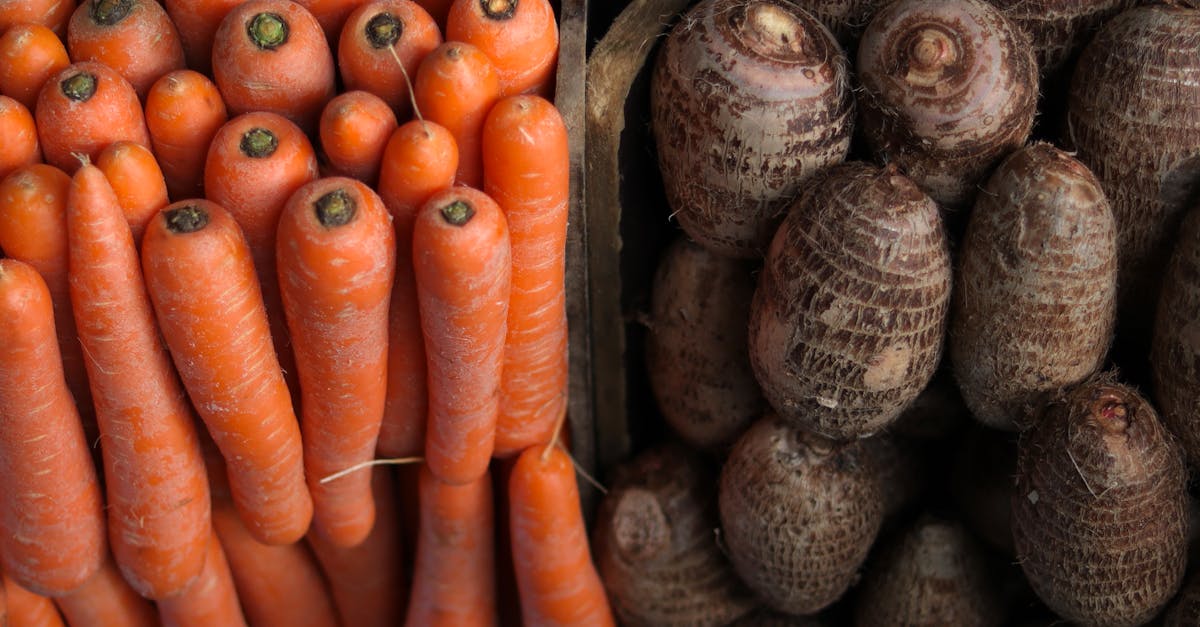
Taro, a starchy root vegetable, is celebrated for its high fiber content and mineral richness. It is a good source of potassium, which helps regulate blood pressure and maintain heart health. Taro also contains magnesium and iron, crucial for muscle function and oxygen transport in the body. Its creamy texture and nutty flavor make it a popular ingredient in both savory and sweet dishes across Asian cuisines. Whether steamed, boiled, or mashed, taro provides a hearty and nutritious component to meals, supporting a balanced diet.
7. Water Spinach: An Iron-Rich Green
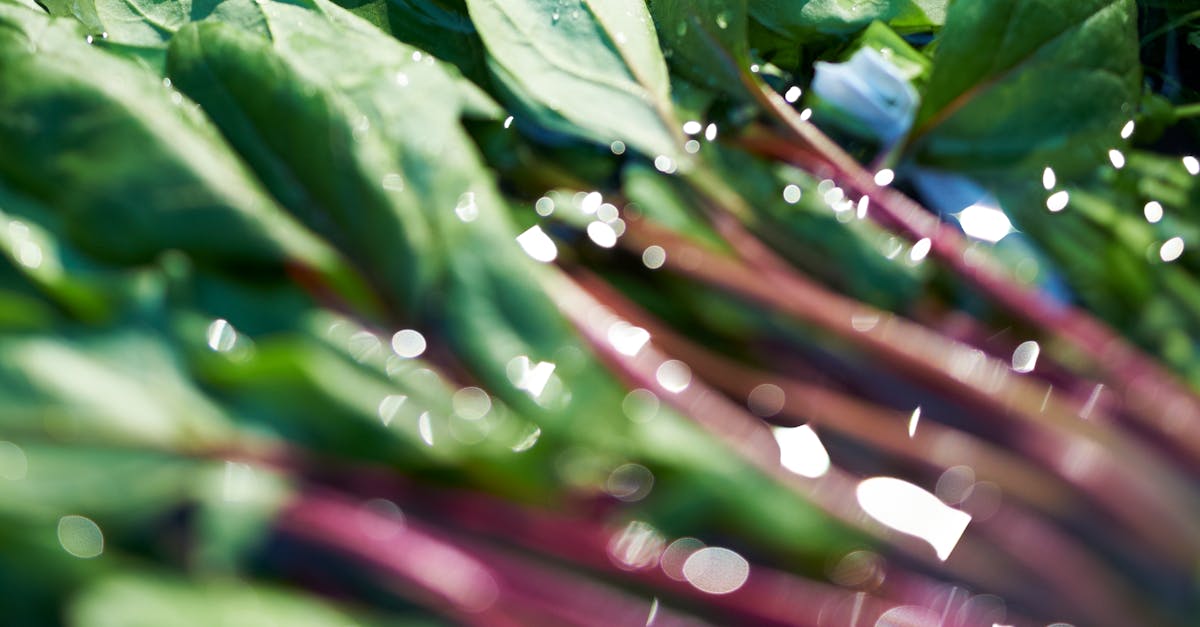
Water spinach, also known as kangkong, is a leafy vegetable that thrives in tropical climates and is an excellent source of iron. Iron is critical for the production of hemoglobin, which transports oxygen throughout the body. This makes water spinach a beneficial addition to the diet, particularly for those with iron deficiency anemia. It is also rich in vitamins A and C, enhancing its antioxidant properties. Water spinach has a mild flavor and tender leaves, making it ideal for quick stir-fries, soups, or simply sautéed with garlic, offering both nutrition and taste.
8. Napa Cabbage: A Vitamin C Champion
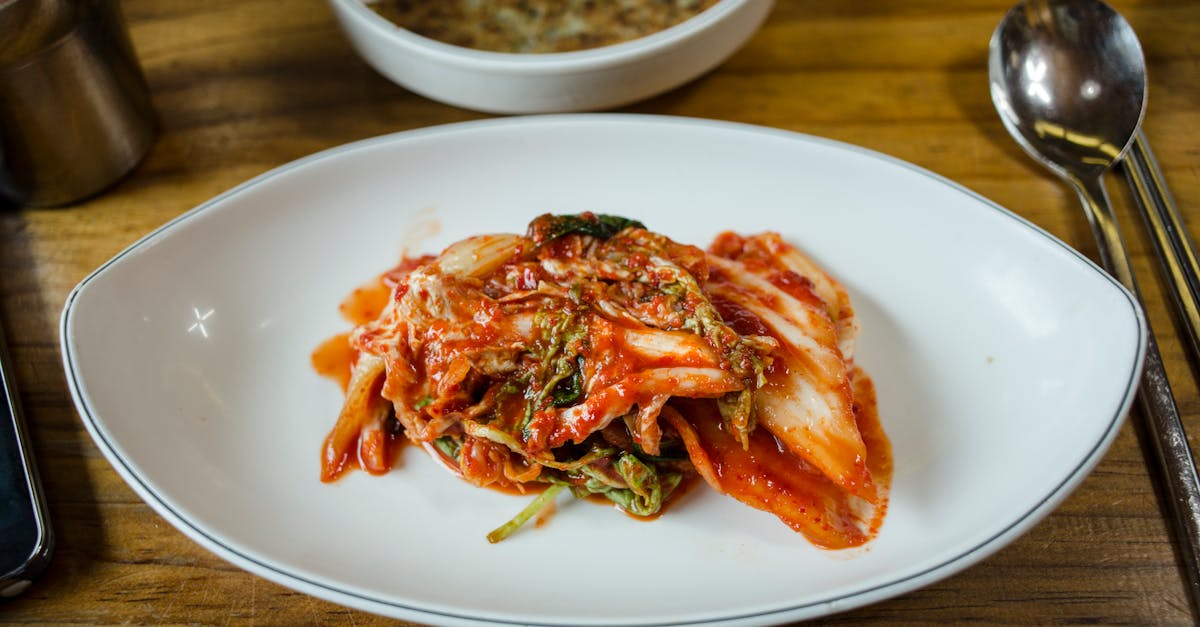
Napa cabbage, a type of Chinese cabbage, is renowned for its high vitamin C content, which plays a pivotal role in collagen synthesis and immune function. This makes it an excellent choice for supporting skin health and combating oxidative stress. Napa cabbage is also low in calories and high in water content, making it a hydrating addition to meals. Its mild, slightly sweet flavor and crunchy texture make it a versatile ingredient in salads, kimchi, and stir-fries, seamlessly integrating into a variety of dishes while enhancing their nutritional profile.
9. Edamame: A Protein and Fiber Duo
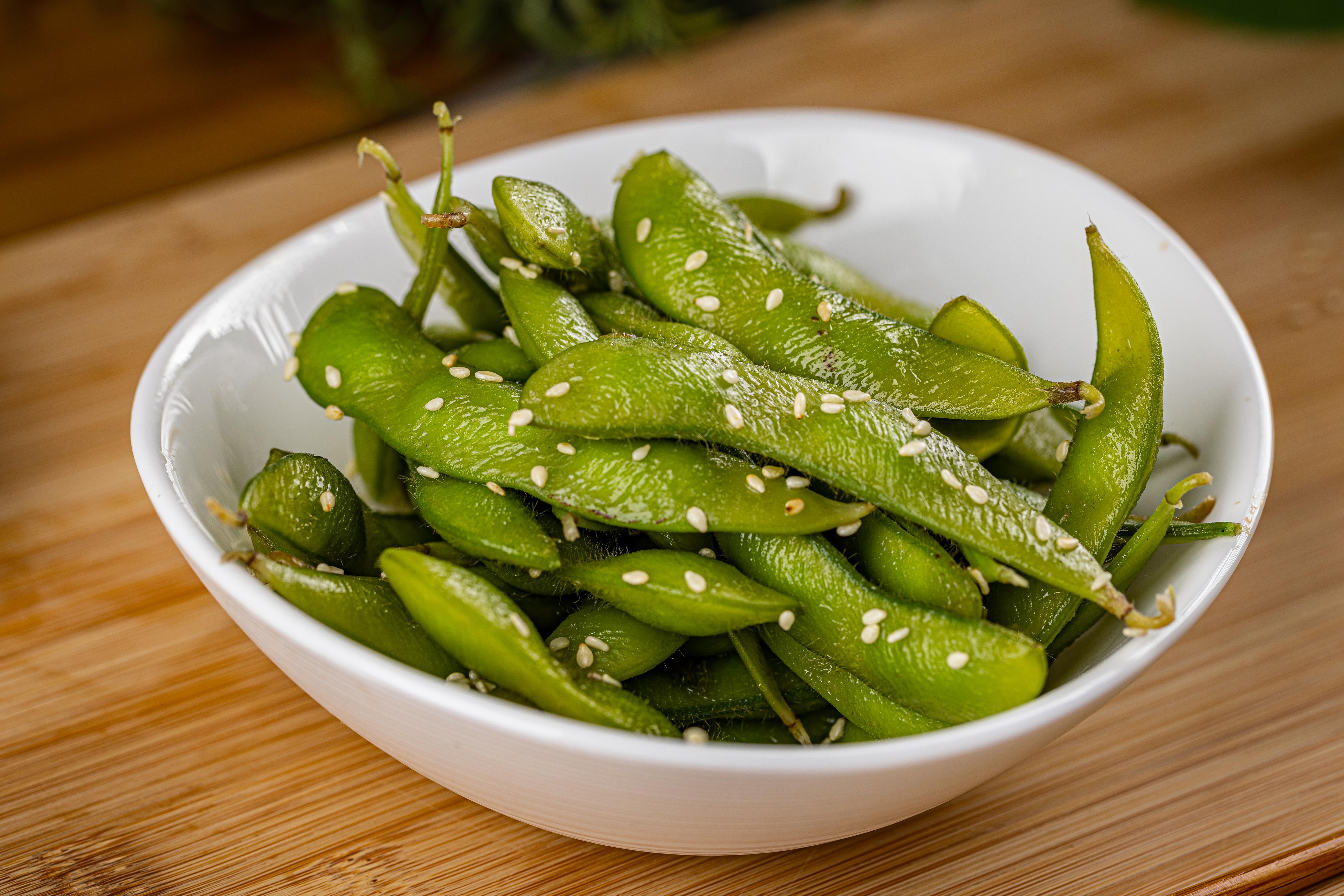
Edamame, young soybeans still in their pods, are a nutritional powerhouse, offering a combination of protein and fiber that is hard to beat. This makes them an excellent plant-based protein source for vegetarians and vegans. Edamame is also rich in essential amino acids, supporting muscle growth and repair. Additionally, it contains isoflavones, which have been linked to reduced risk of heart disease. Enjoyed as a snack, in salads, or as an addition to soups and stir-fries, edamame provides a satisfying texture and nutty flavor, contributing to a balanced diet.
10. Yardlong Beans: A Vitamin A and Folate Source
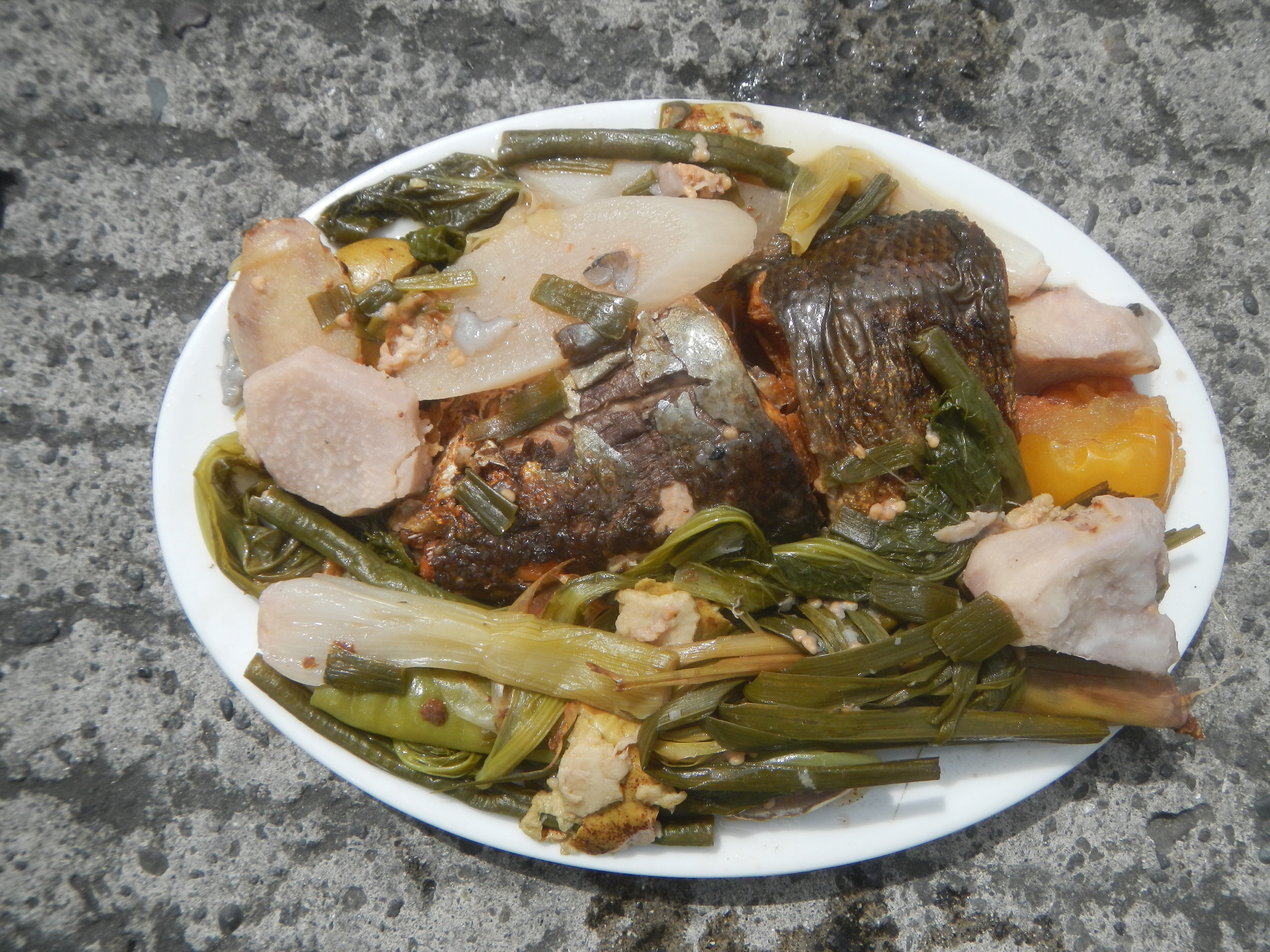
Yardlong beans, also known as asparagus beans, are a staple in many Asian dishes, known for their impressive length and nutrient content. They are a rich source of vitamin A, crucial for eye health and immune function, and folate, important for DNA synthesis and cell division. These beans are also low in calories and high in fiber, supporting digestive health and weight management. With a slightly sweet flavor and crisp texture, yardlong beans are perfect for stir-fries, curries, or simply steamed, adding both nutrition and color to meals.
11. Gobo Root (Burdock): The Deep-Earth Prebiotic
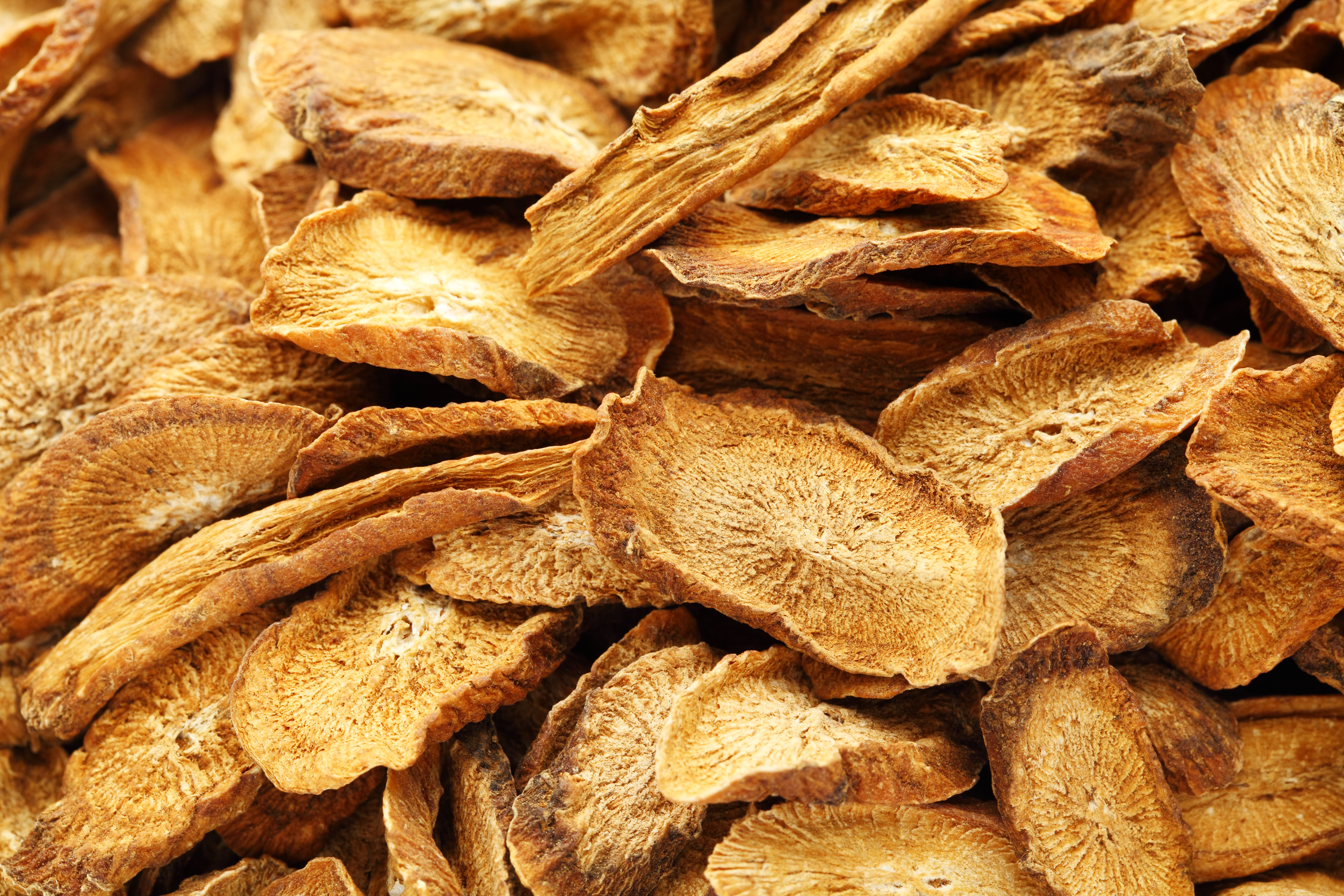
Gobo root, or burdock, is an esteemed root vegetable in Japanese cuisine, notable for its exceptional concentration of inulin—a powerful prebiotic fiber. This non-digestible fiber actively feeds beneficial gut bacteria, making Gobo a true foundational food for gut health, immunity, and nutrient absorption. Beyond fiber, it provides respectable amounts of potassium and magnesium. Its dense, earthy flavor and slightly woody texture are ideal for braising, pickling, or adding to stir-fries, where its deep savory notes enhance bone broths and root vegetable medleys. Gobo is essential for supporting a robust internal environment.
12. Nori Seaweed: Iodine and Mineral Density
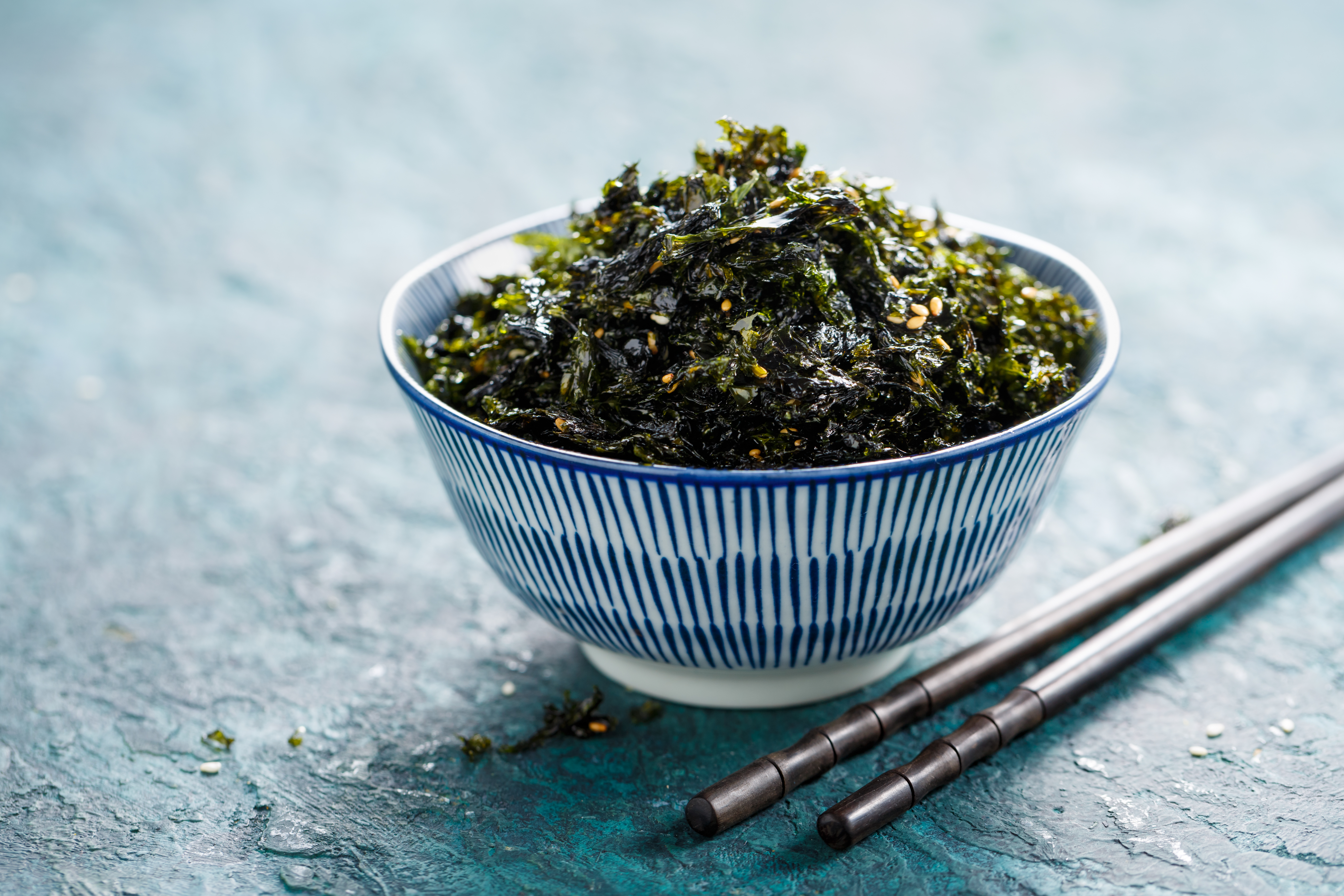
Nori is the popular, thin sheet of dried seaweed used to wrap sushi, yet its nutritional profile is often overshadowed by its culinary use. It is an extraordinary source of iodine, a mineral critical for healthy thyroid function and metabolism, a benefit few land vegetables can match. Nori is also rich in Vitamin B12 (especially beneficial for plant-based diets) and complex polysaccharides that have been shown to help lower cholesterol. Consuming crumbled or sliced Nori is an easy way to mineralize your diet and support hormonal balance with a salty, umami-packed flavor.
13. Shiso Leaf (Perilla): The Antioxidant Anti-Allergy Herb
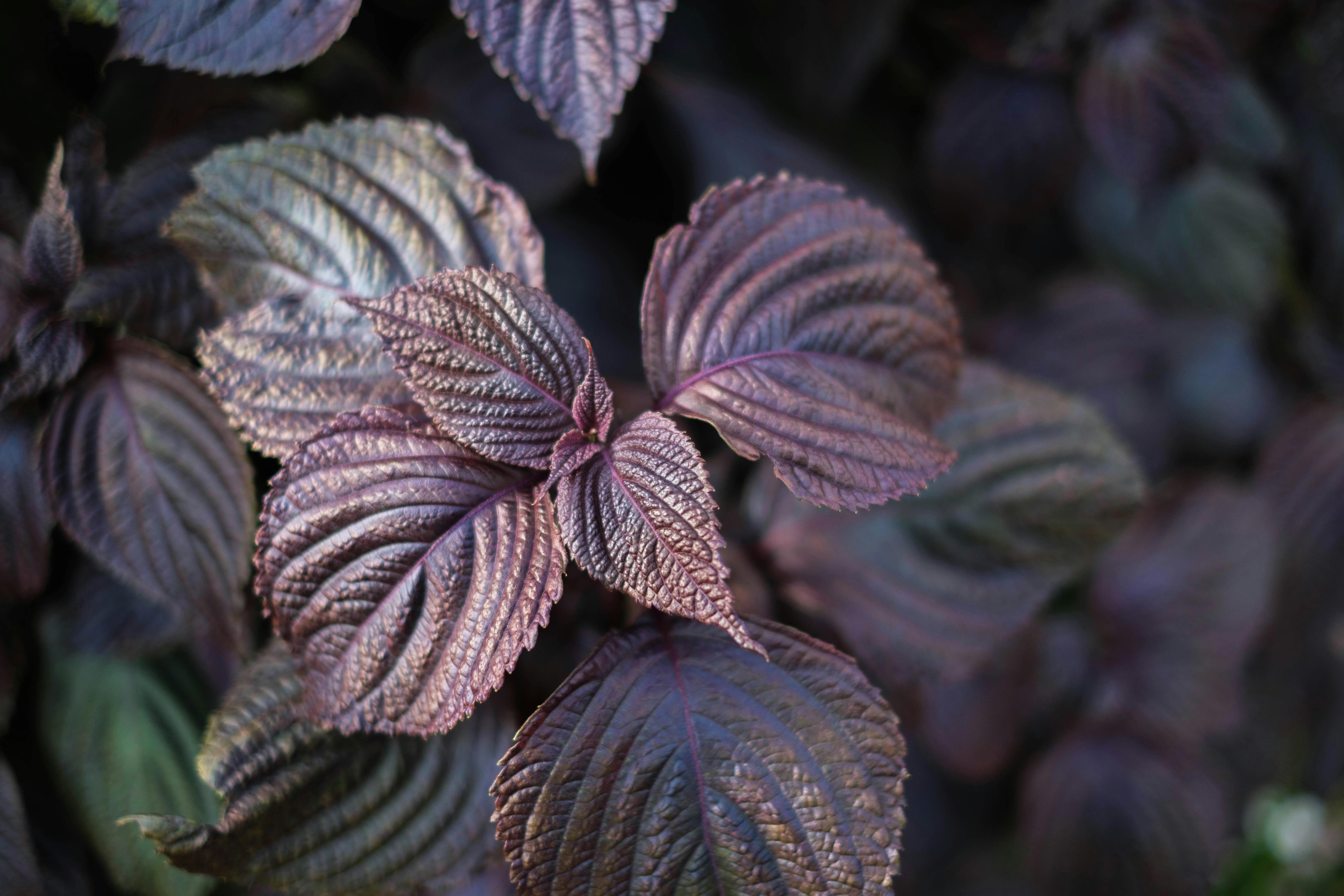
Shiso, or Perilla leaf, is a fragrant herb with a unique taste that blends mint, basil, and cumin. It is rich in potent polyphenols and rosmarinic acid, giving it powerful anti-inflammatory and antioxidant properties. Uniquely, Shiso is often studied for its traditional use in allergy and asthma relief, as its compounds may help inhibit histamine release. Used fresh as a wrap for rice or meat, or finely shredded in salads, Shiso is an easy, low-calorie way to infuse meals with a high concentration of beneficial compounds that work systemically to combat inflammation and allergic response.
14. Enoki Mushrooms: Immunity and Texture Boost
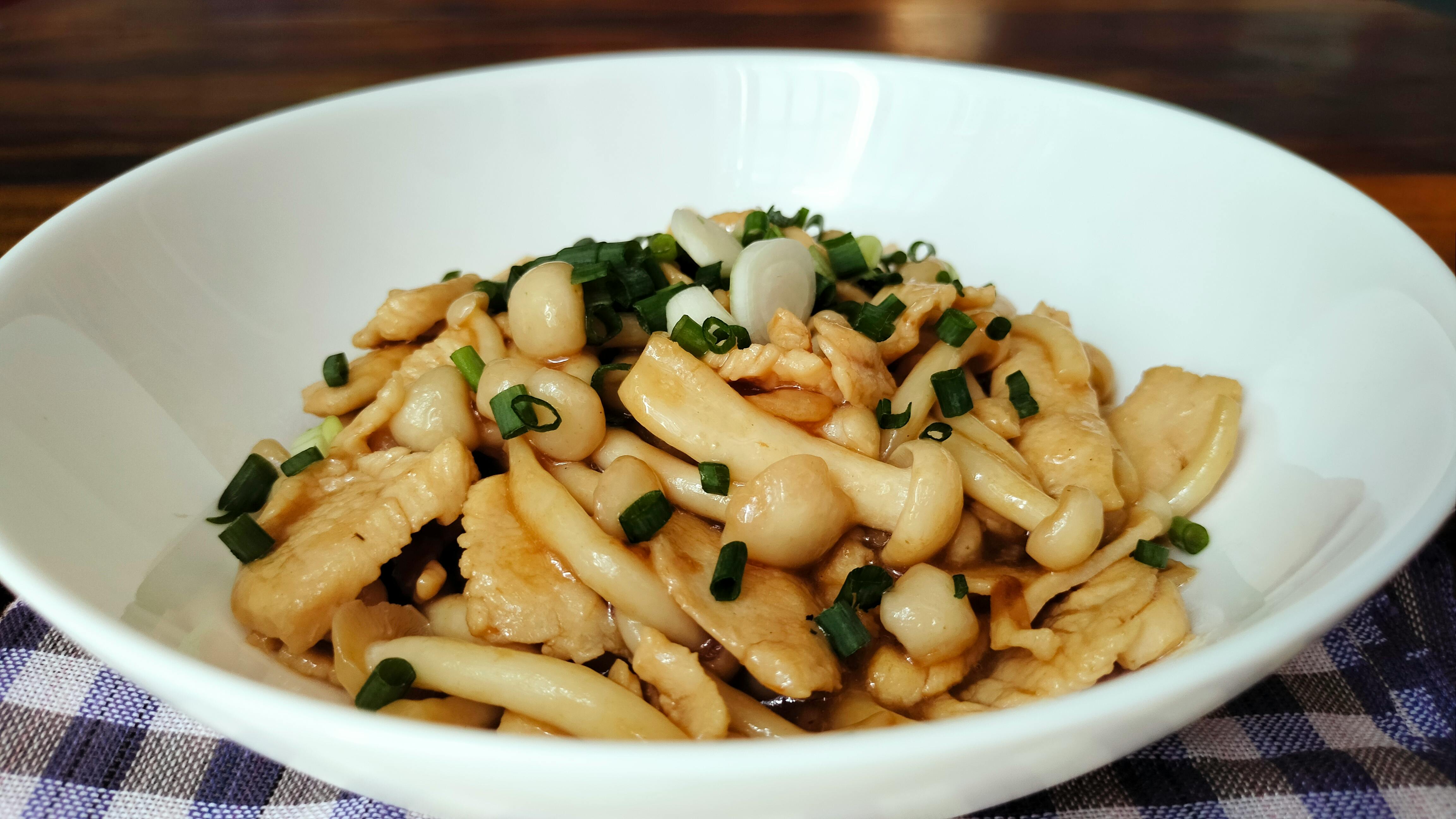
Enoki mushrooms are long, thin, white-capped fungi, often found clustered together. Unlike many vegetables, Enoki are notable for their high-quality protein and significant content of beta-glucans, specialized fibers known to powerfully modulate and support the immune system. They add a unique, delicate crunch and a mild, savory flavor to raw salads and hot soups. Enoki are low in calories and fat, making them a fantastic textural addition that contributes to satiety. Their distinctive appearance and dense concentration of immune-boosting compounds set them apart from common kitchen vegetables.
15. Perilla Seed Oil: The Superior Plant Omega-3
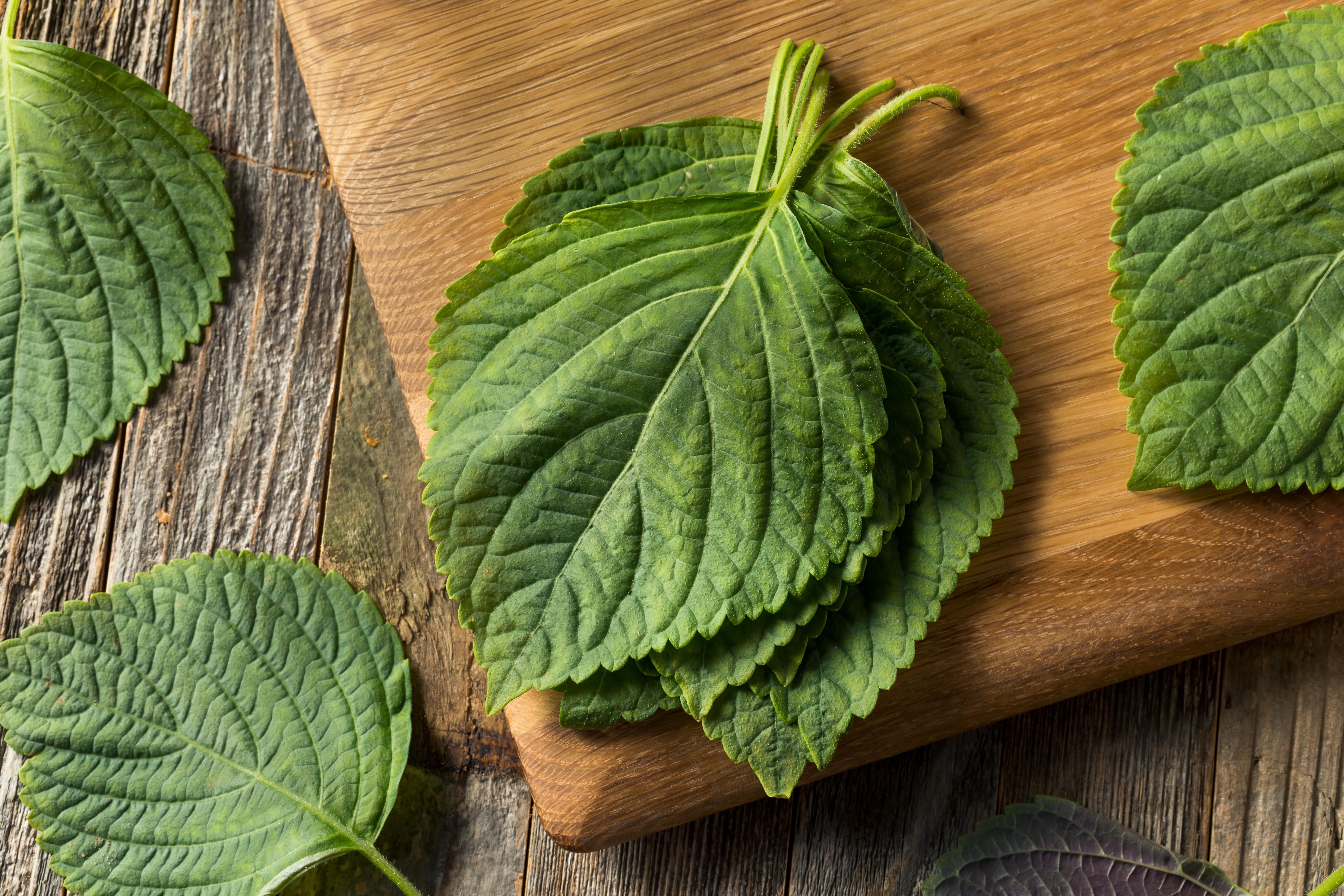
While you cover seeds, the oil extracted from Perilla (Shiso) seeds is one of the richest plant-based sources of Alpha-Linolenic Acid (ALA), an essential Omega-3 fatty acid. In fact, it often contains a higher concentration of ALA than flaxseed oil. ALA is crucial for heart and brain health by reducing systemic inflammation. Used primarily as a non-heating finishing oil in dressings and drizzles, Perilla Seed Oil imparts a light, nutty flavor. It's an excellent, specialized swap for standard cooking oils when focusing on maximizing daily intake of vital plant-based anti-inflammatory fats.
16. Chayote (Choko): The Mineral-Rich Mild Gourd
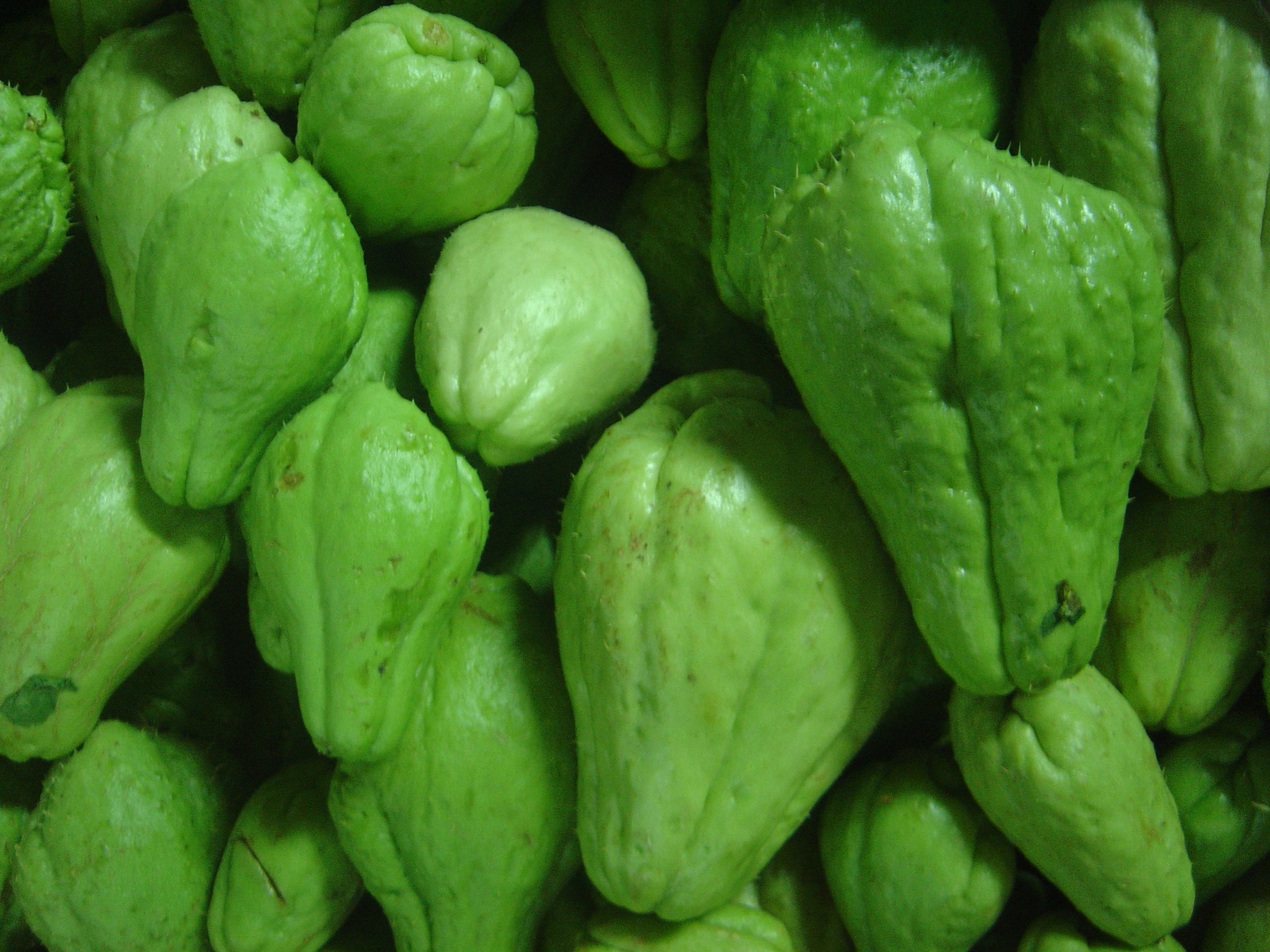
Chayote, a light-green, pear-shaped gourd, is an incredibly mild and versatile vegetable often overlooked. While low in calories, it is an excellent source of essential trace minerals like manganese, copper, and zinc, which are vital for enzyme function, immune health, and cellular protection. Its real value, however, lies in its high water content and gentle fiber, making it extremely easy to digest. Chayote's crisp texture is perfect raw in salads or slaws, and it absorbs flavors beautifully when quickly sautéed or added to mild curries and soups.
17. Water Chestnuts: The Crunch for Gut Health
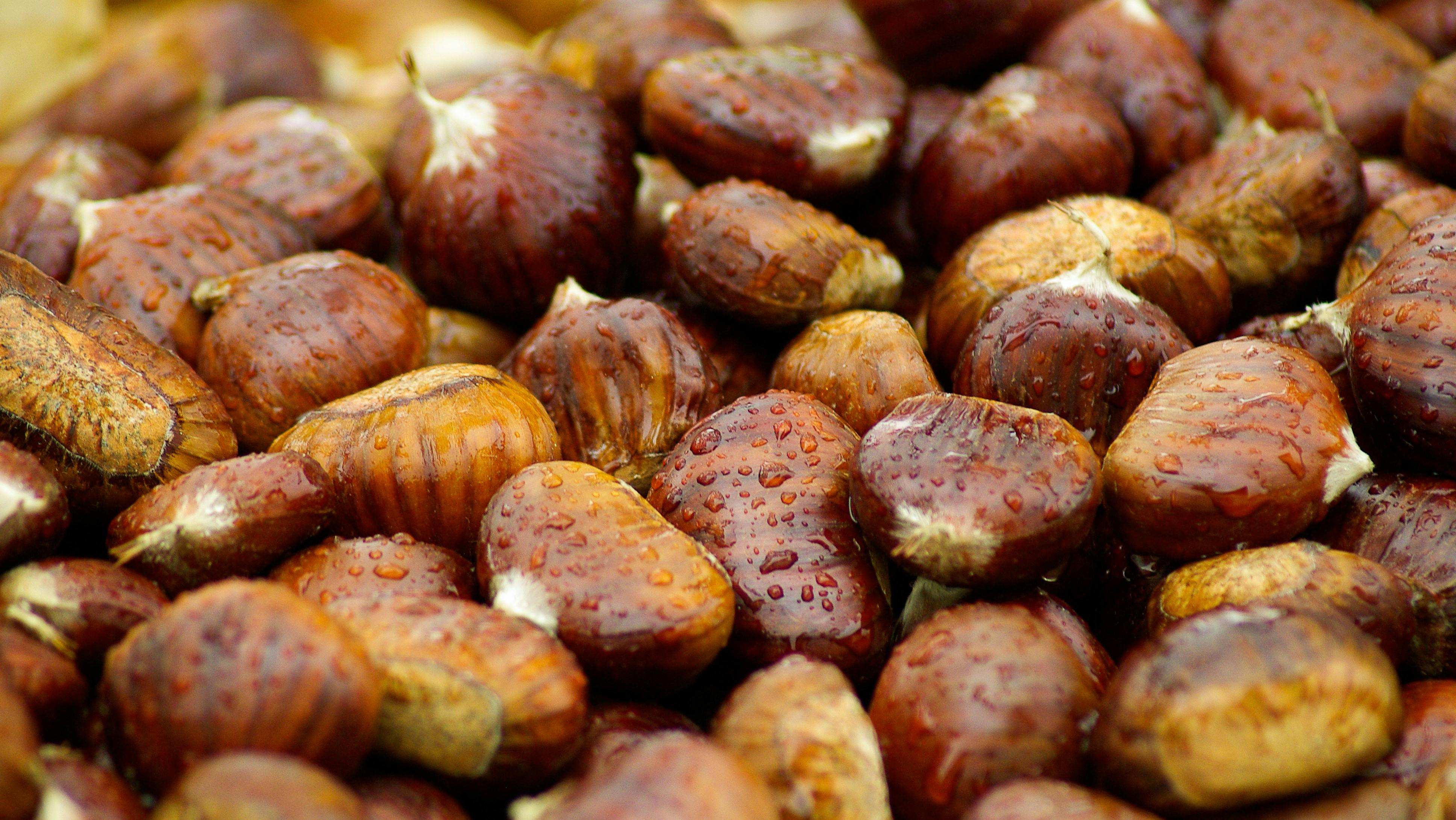
Water chestnuts, the corms of an aquatic vegetable, bring a unique texture and subtle sweetness to Asian dishes. They are notable for being one of the best sources of resistant starch among fresh vegetables. Resistant starch bypasses digestion in the small intestine, acting as a powerful prebiotic fiber that feeds beneficial gut bacteria in the colon. This process supports gut health, satiety, and metabolic balance. Enjoy them sliced fresh in stir-fries, salads, or water chestnut cake, where their signature crunch remains, offering a functional texture that is low in calories.
18. Mung Bean Sprouts: Enzyme-Rich Living Protein
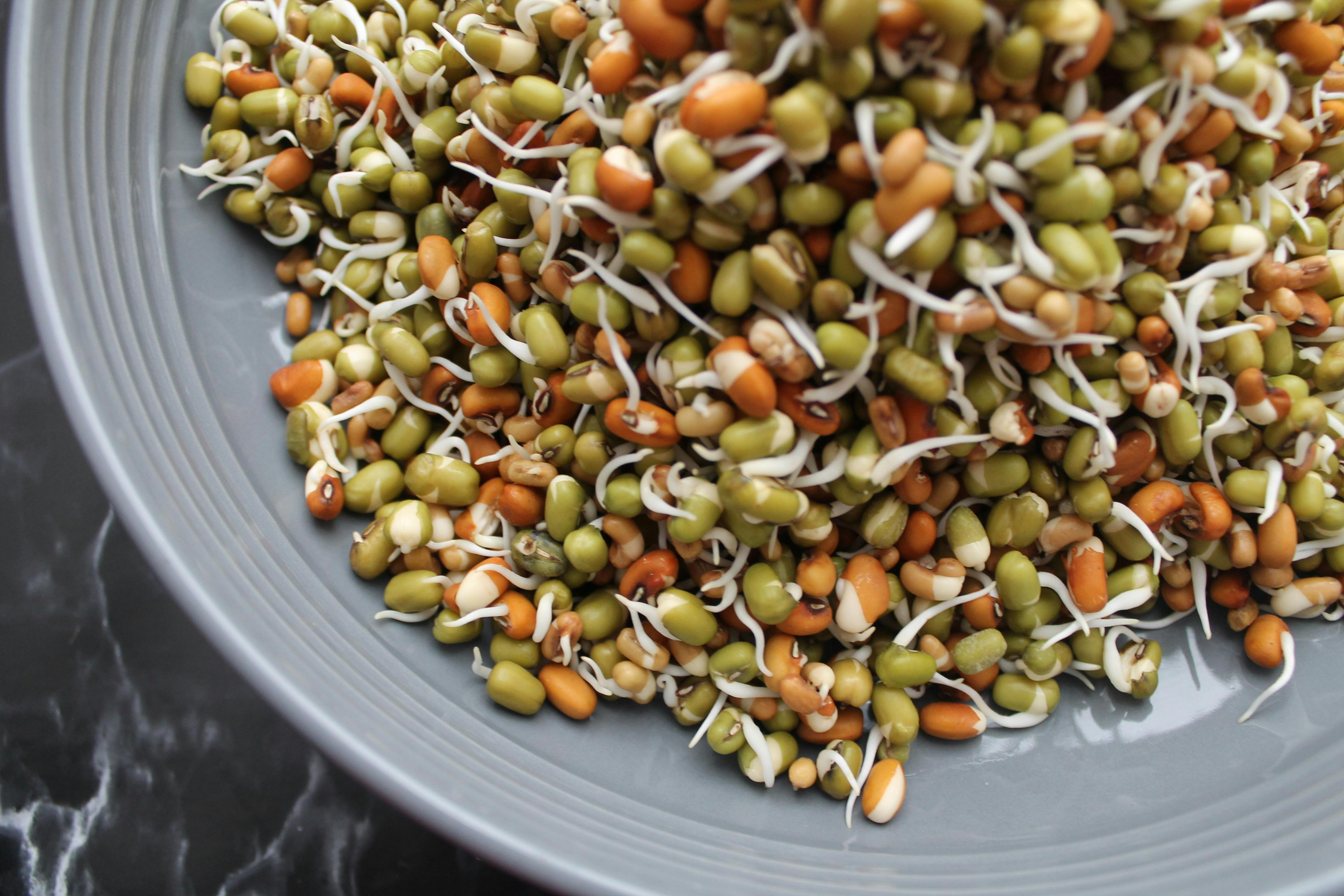
Mung bean sprouts are a high-value, highly accessible food. They are essentially living vegetables that are easily digestible and packed with enzymes and easily absorbed Vitamin C and protein. Sprouting the beans significantly increases their nutritional density while reducing anti-nutrients, making their minerals more available. They are an excellent source of plant protein and fiber. Use them raw in sandwiches or salads, or add them at the very end of a stir-fry to retain their crispness and living nutrient profile—a simple, budget-friendly source of vitality.
19. Malabar Spinach: The Mucilage-Rich Leafy Green
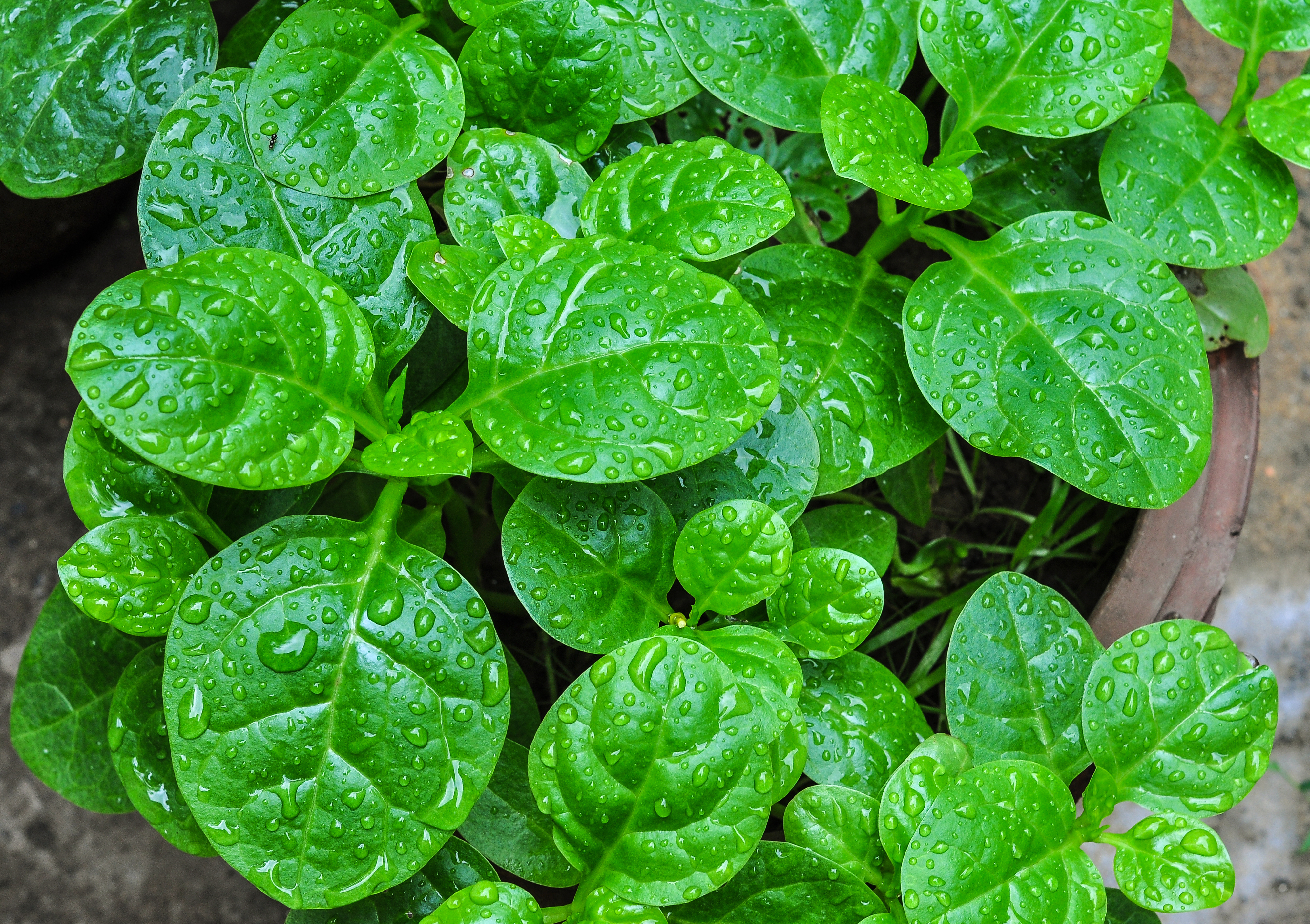
Distinct from true spinach, Malabar spinach (or Pui Sag) is a vining plant with thick, fleshy leaves. Its unique property is its mucilage content—a gel-like substance that acts as a soothing, soluble fiber. This high mucilage content makes it exceptionally gentle on the digestive system, promoting regularity and helping to stabilize blood sugar. It's also rich in vitamins A and C. Often used in soups and curries, the leaves add a gentle thickening effect and a mild, slightly peppery flavor. It’s an ideal green for those seeking a soothing fiber source beyond kale or traditional spinach.
20. Yu Choy (Oilseed Rape Leaves): The Glucosinolate Power
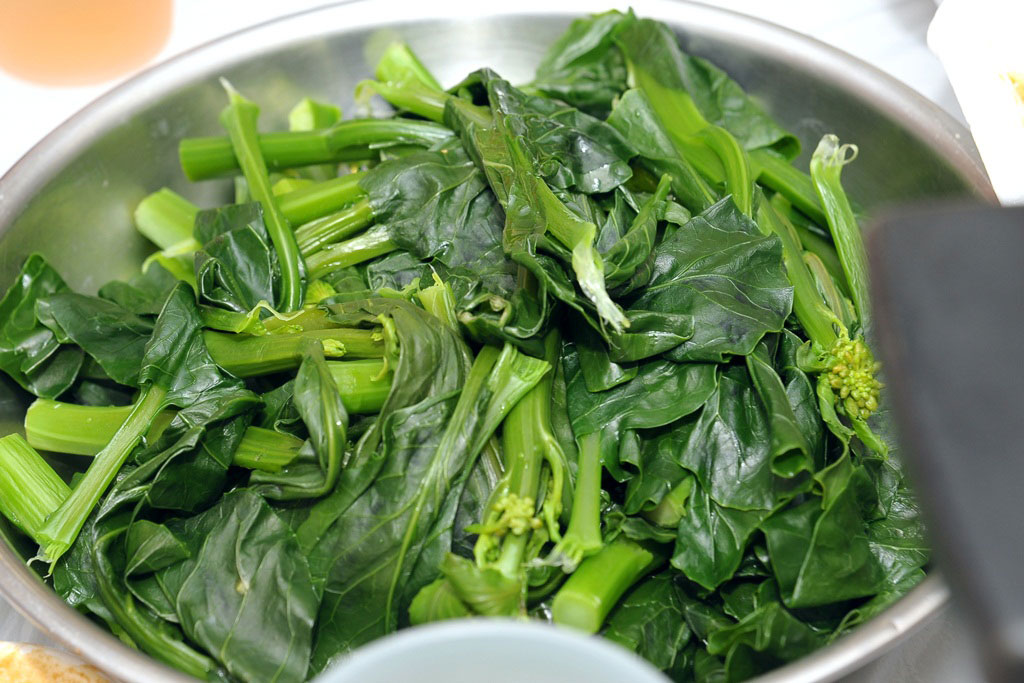
Yu Choy is a leafy cruciferous vegetable similar to Chinese broccoli but with slightly smaller, more tender leaves and stems. Like other cruciferous vegetables, it contains glucosinolates, which, when broken down, create compounds that support the body's natural detoxification pathways. Yu Choy is an excellent source of Vitamin K, calcium, and folate. It has a mildly sweet flavor and tender texture, making it perfect for quick steaming, boiling, or stir-frying with garlic and oil, offering a gentle, versatile way to incorporate powerful, detox-supporting plant compounds.
Embracing Nutritional Diversity
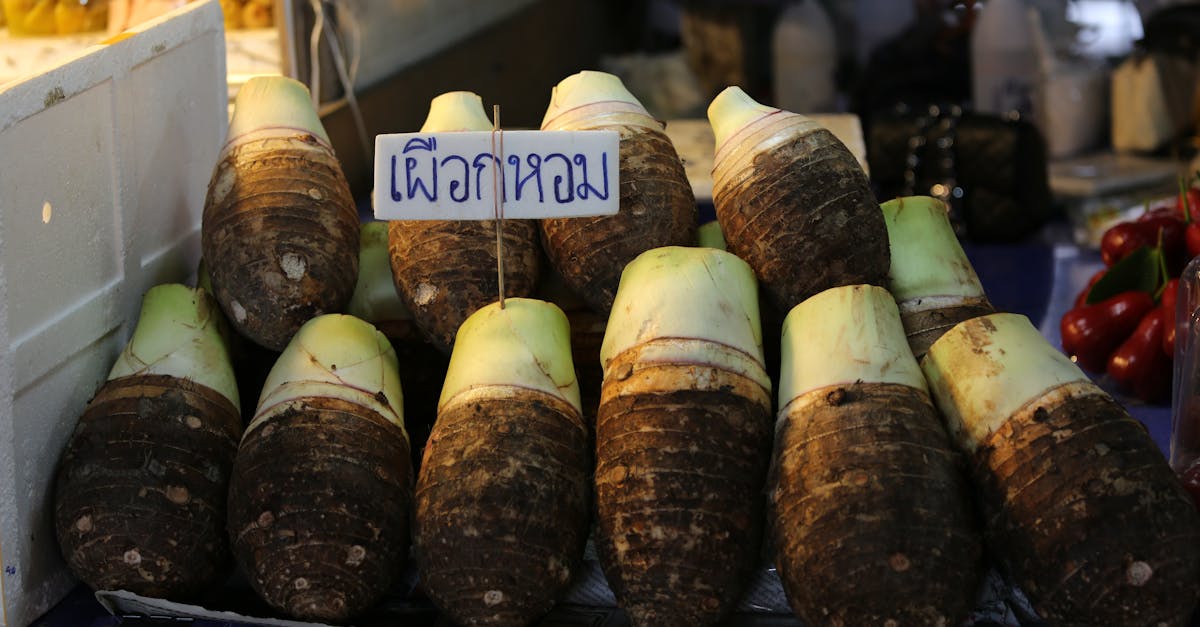
As we conclude our exploration of these Asian vegetables, it becomes clear that their nutritional benefits extend far beyond the produce aisle. Each vegetable offers unique health advantages, contributing to a diverse and balanced diet. By incorporating these underrated vegetables into our meals, we not only enrich our palates with new flavors but also support our overall health and well-being. Embracing this nutritional diversity allows us to step beyond the familiar, discovering the hidden potential of these Asian vegetables and the vibrant culinary traditions they represent.
Powered by Froala Editor